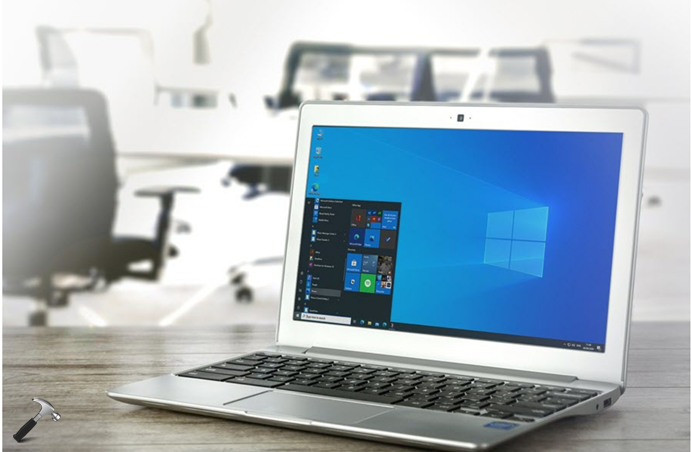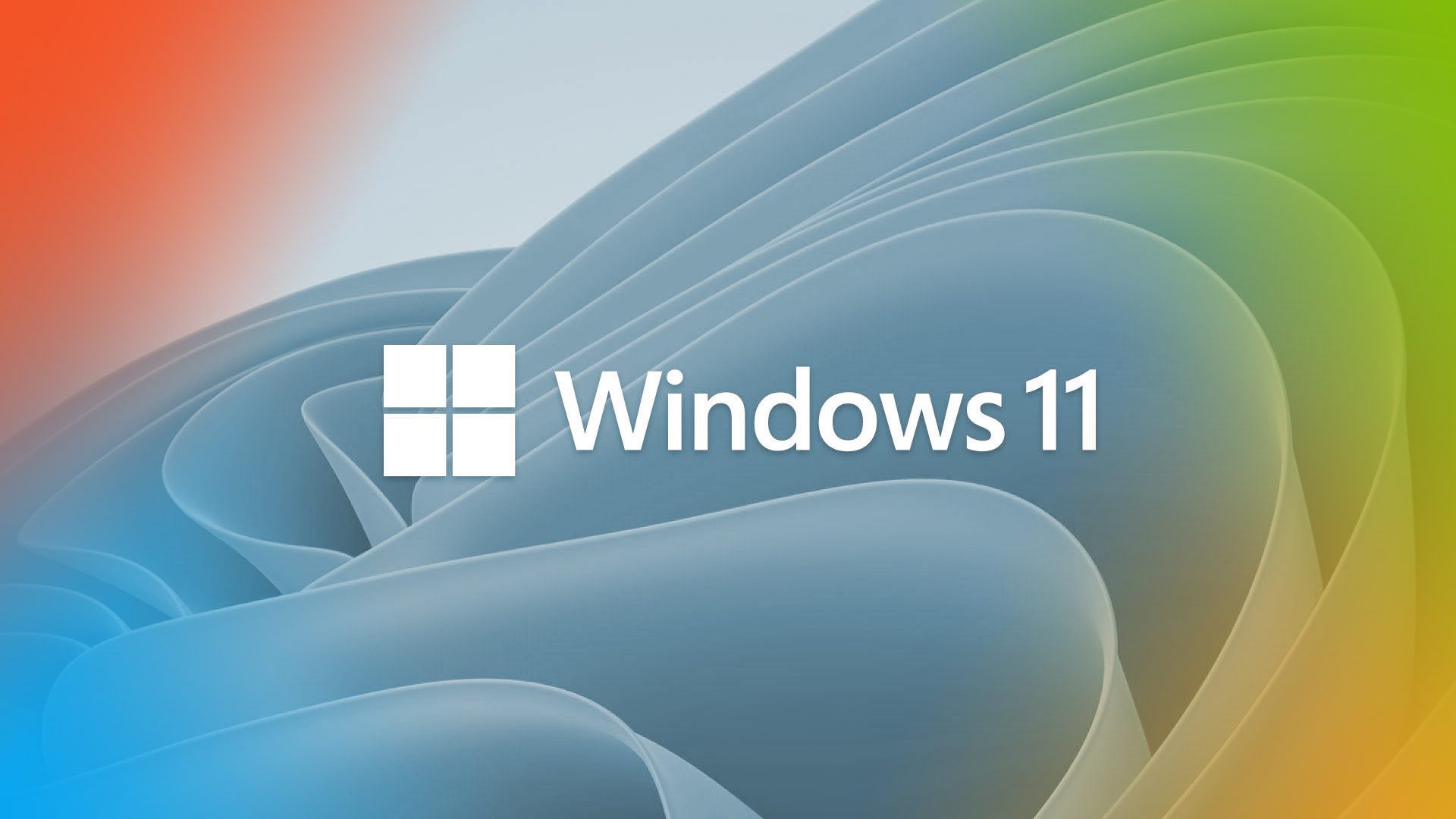About to reach your hard drive’s stipulated storage limit? If yes, learning a few tips can help you manage & free up storage on Windows in a few easy methods. You can reclaim quite a few gigabytes of space by tweaking some settings and organizing several items on your computer.

Let’s learn HOW.
Page Contents
Erase Unnecessary Apps
In today’s digitally connected world, we have an app for almost everything. All your tasks, from shopping to banking and binge-watching to ordering food, can be handled via a dedicated app. Take a tour of your computer and check how many unnecessary apps the hard drive is holding without a purpose.
Most apps we download from the web are ones that we never access, and some turn redundant after the first use, so deleting them makes sense. Identify and remove these apps right away. Not only Windows but Mac computers are overloaded with unnecessary programs, so identify and delete those apps right away.
Delete Downloaded Data
More often, the items you download from the web goes inside the Downloads folder, making it over-populated with enormous files. Deleting data from the folder will ensure that you only have updated items on your computer, which makes file management easy.
Erasing unnecessary data as well as the redundant files from the Downloads folder is essential to ensure that you have enough space available for important data and apps. You can either delete old data manually or use a third-party professional tool.
Empty the Recycle Bin
Recycle Bin is the place where all the data goes after deletion, and these items are not removed immediately from the device. It means that the deleted items continue to consume the same volume of storage space on the hard drive.
So, when you are deleting items with the aim of claiming extra gigabytes on the hard drive, make sure to clear the Recycle Bin immediately. For that, you will need to right-click the Recycle Bin icon available on the desktop and select Empty Recycle Bin from the Context menu.
Set Up Storage Sense
Deleting unnecessary data manually is a viable option as you can review things that are no longer required and then dump them. However, Windows also gives you access to automated ways to remove data from computers. Navigate to Settings, click Storage, and then toggle on Storage Sense.
Enabling the feature will allow the computer to delete any temporary files automatically from the computer. Moreover, it will enable you to permanently delete items from the Recycle Bin or the Downloads folders anywhere between 1 to 60 days. By doing this, you can ensure that you never run out of storage space.
Use Different Drives
You might have a partitioned drive or multiple drives on your computer. It is obvious that you run short of space on a particular partition (or drive) as you are used to saving all important data on a specific drive. In that case, you can select to change the default location for documents, apps, pictures, videos, and music.
Changing the default location for storing various data items is easy. Navigate to Settings, click System, tap on Storage, and select Change, where new content is saved from the lower section of the Settings window. You can save data to another partition or select an external storage media as a default location to save data.
Move Data to Cloud
Windows users have the advantage of using bulk cloud space by signing up for the services like Google Drive, One Drive, and Dropbox, to name a few. Moving data to the cloud will help you make a lot of space in internal storage media. You can move important data that you need to access every day to the cloud so that you can view it from anywhere, anytime.
When you store data on cloud media, you don’t have to worry about carrying your USB or external storage media. You may view the data right for your office or any other location, irrespective of the geographical boundaries. Upgrading the cloud storage plans is easy, and you can easily claim a higher package in case you need more space.
Disable Hibernate Mode
Putting your computer in hibernate mode saves you from shutting down the device. When you wish to resume work, the computer starts faster to provide you with quick access to data. Before your computer goes to hibernate, it captures a snapshot of drivers and files. These snapshots are stored in hiberfil.sys file on the hard drive.
Therefore, we suggest you disable the hibernate mode because of the hiberfil.sys file that consumes plenty of gigabytes. Next time you leave your computer idle for a while, you can either switch it off or put it to sleep. Although sleep mode consumes more power, you can save storage space on the hard drive.
![KapilArya.com is a Windows troubleshooting & how to tutorials blog from Kapil Arya [Microsoft MVP (Windows IT Pro)]. KapilArya.com](https://images.kapilarya.com/Logo1.svg)










![[Latest Windows 11 Update] What’s new in KB5063060? [Latest Windows 11 Update] What’s new in KB5063060?](https://www.kapilarya.com/assets/Windows11-Update.png)

Leave a Reply